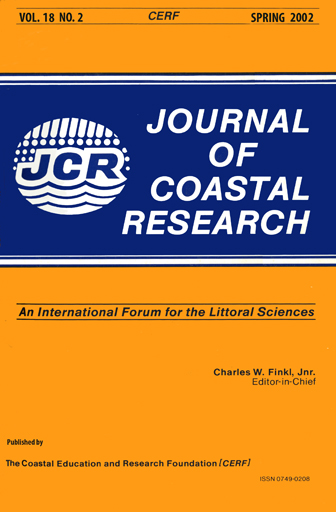Dynamic Carbonate Sedimentation in a Shallow Coastal Lagoon: Case Study of South Sound, Grand Cayman, British West Indies
Keywords:
Thalassia, reef, storm, fair-weather, facies, coastal processes, substrate, grain size analysis, coral, carbonate sedimentAbstract
South Sound is a 3.4 km2, shallow (<2 m), funnel-shaped lagoon located on the southwest exposed windward margin of Grand Cayman. The composition and distribution of the Thalassia, Sand, Rock Bottom, Brown Algae, Rubble, and Coral Head facies, are controlled by the dynamic interplay between fair-weather conditions and storms. Under fairweather, quiet-water conditions, sediment production, bioturbation, and expansion of the Thalassia banks are the dominant processes. The combination of the onshore northeast trade winds and funnelling caused by the shape of the lagoon, however, produce currents that strengthen from east to west. These currents rework and redistribute the sediments to produce accumulations that are thick and fine-grained in the east and close to shore, and sparse and coarse-grained in the west. Hurricanes directly impact the reef crest and produce coral fragments (dominantly Acropora palmata) that are concentrated in the rubble facies landward of the reef. Strong onshore and westward flowing currents induced by the storms and hurricanes extensively rework and redistribute the sediments in the lagoon. As a result, the sediments and facies distribution are primarily a reflection of the short-lived, aperiodic storm events rather than the fair-weather processes.


